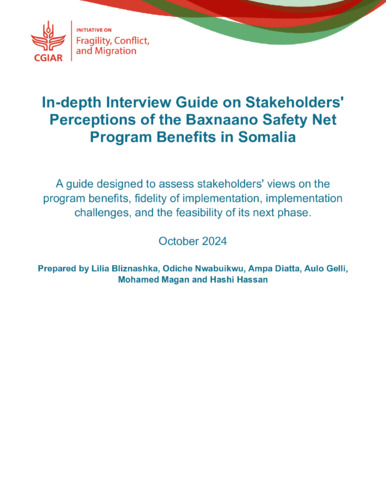Computer vision–assisted dietary assessment through mobile phones in female youth in urban Ghana: Validity against weighed records and comparison with 24-h recalls
Background
Gaps persist in the data on diets and on the validity of dietary assessment methods in youth in low-income and middle-income countries (LMICs) due to costs constraints. Although computer vision–assisted dietary assessment tools have been proposed, limited evidence exists on their validity in LMICs.
Objectives
This study aimed to validate FRANI (Food Recognition Assistance and Nudging Insights), a mobile phone application with computer vision–assisted dietary assessment, against weighed records (WRs) and compare with 24-h recalls (24HR), in female youth in Ghana.
Methods
Dietary intake was assessed on 2 nonconsecutive days using FRANI, WR, and 24HR in females aged 18–24 y recruited at the University of Ghana, Accra (n = 64). Equivalence was examined by comparing intake mean ratios (FRANI/WR and 24HR/WR) with error margins of 10%, 15%, and 20%, using mixed-effect regression models adjusting for repeated measures. Agreement between methods was assessed using the concordance correlation coefficient (CCC).
Results
Equivalence for FRANI and WR was found at 10% bound for riboflavin and vitamin B-6 intakes and at 15% bound for protein, fat, calcium, folate, iron, thiamine, vitamin C, and zinc intakes. Energy, fiber, vitamin A, and niacin intakes were equivalent at 20% bound. Comparisons between 24HR and WR found no estimates within a 10% bound. Protein, iron, niacin, riboflavin, and zinc intakes were equivalent at a 15% bound; folate, thiamine, and vitamin B-12 intakes were equivalent at a 20% bound. CCCs between FRANI and WR ranged from 0.45 to 0.74 (mean: 0.60) and between 24HR and WR ranged from 0.48 to 0.76 (mean: 0.63). Omission errors were 15% for FRANI and 22% for 24HR. Intrusion errors were 22% for FRANI and 18% for 24HR.
Conclusions
FRANI-assisted dietary assessment accurately estimates nutrient intake and performed as accurately as 24HR in female youth in Ghana. Although improvements in computer vision–assisted diet assessment are possible, emerging evidence on FRANI suggests its readiness for scale-up.
Authors
Gelli, Aulo; Nwabuikwu, Odiche; Bannerman, Boateng; Ador, Gabriel; Atadze, Vicentia; Asante, Millicent; Bempong, Silas; McCloskey, Peter; Nguyen, Phuong Hong; Hughes, David; Folson, Gloria
Citation
Gelli, Aulo; Nwabuikwu, Odiche; Bannerman, Boateng; Ador, Gabriel; Atadze, Vicentia; Asante, Millicent; et al. 2024. Computer vision–assisted dietary assessment through mobile phones in female youth in urban Ghana: Validity against weighed records and comparison with 24-h recalls. American Journal of Clinical Nutrition 120(5): 1105–1113. https://doi.org/10.1016/j.ajcnut.2024.08.011
Keywords
Africa; Western Africa; Sub-saharan Africa; Capacity Development; Diet; Mobile Phones; Youth; Women
Record type
Journal Article







